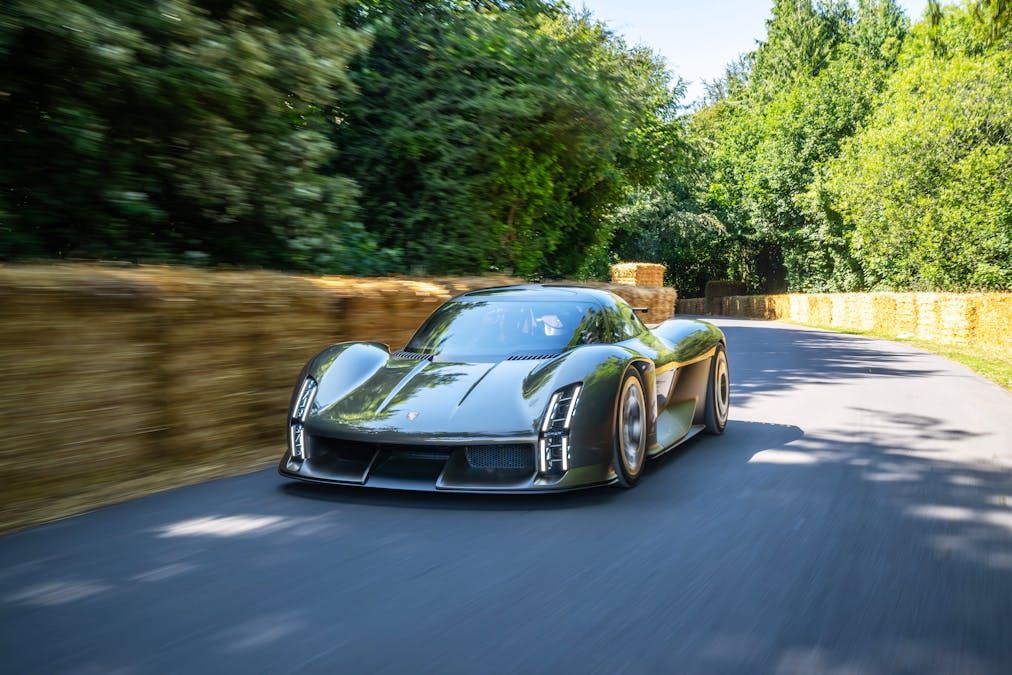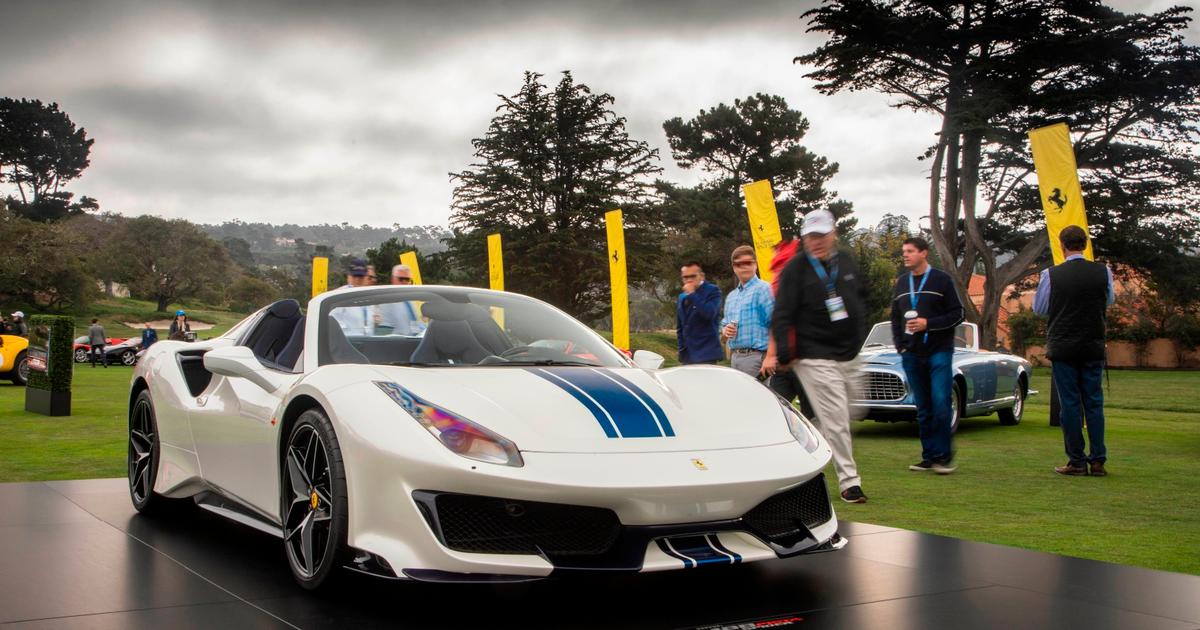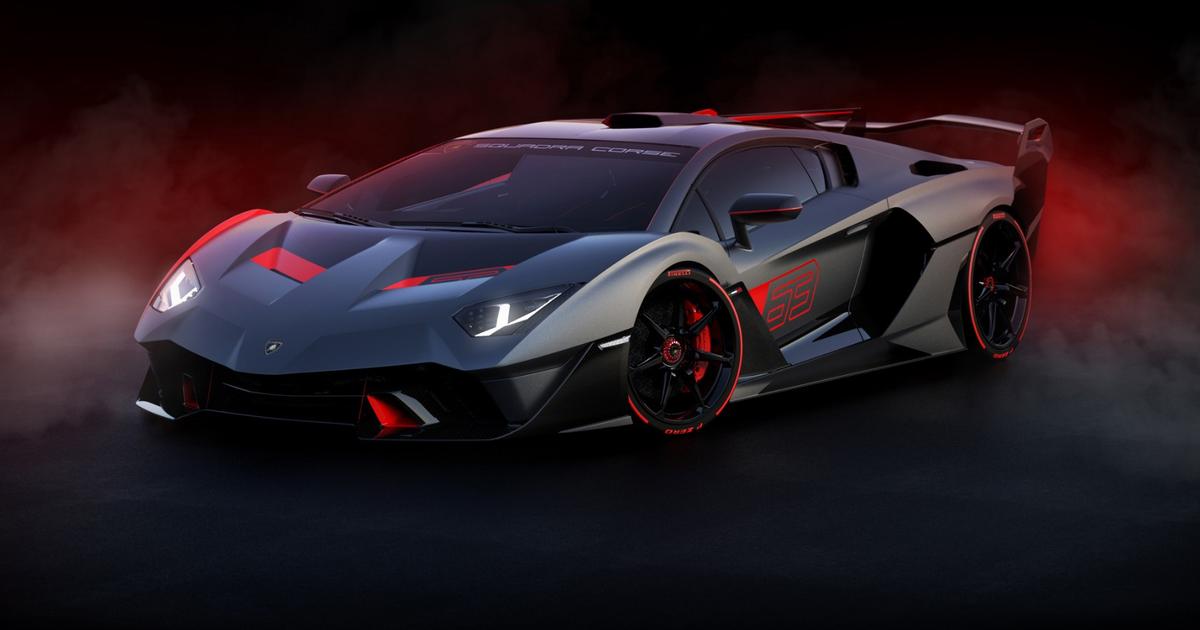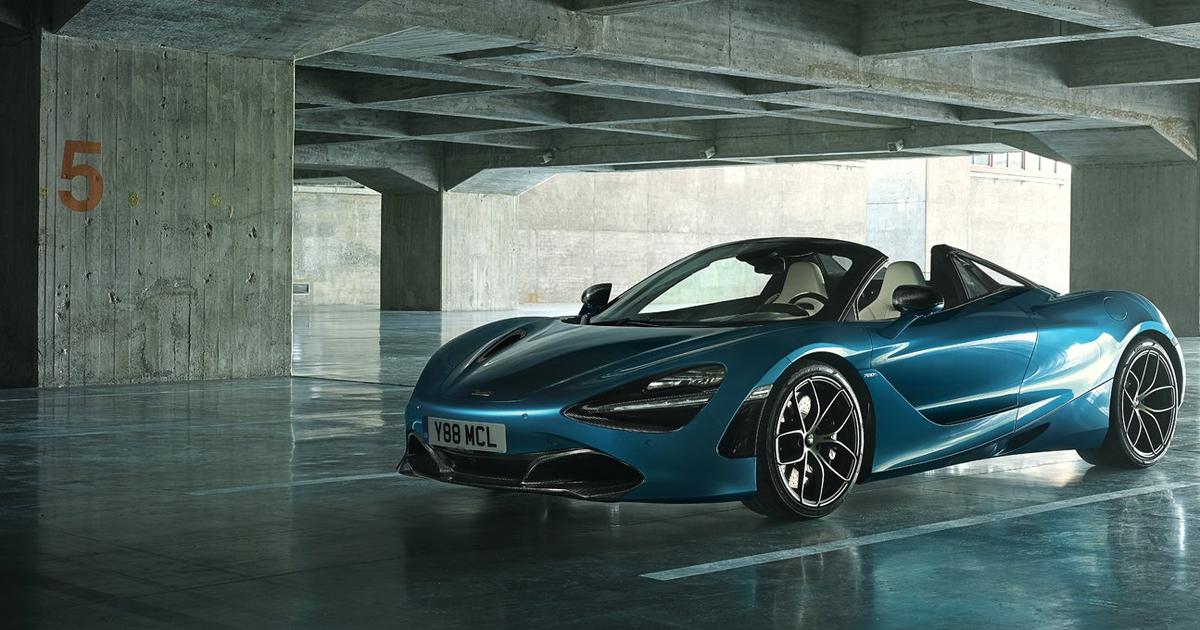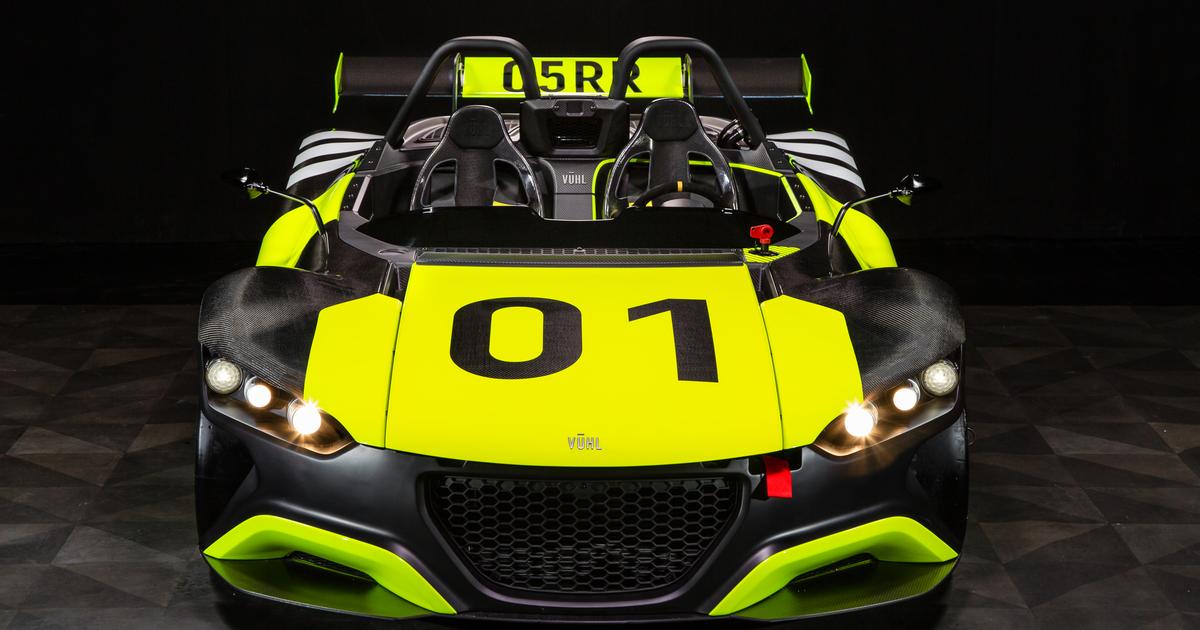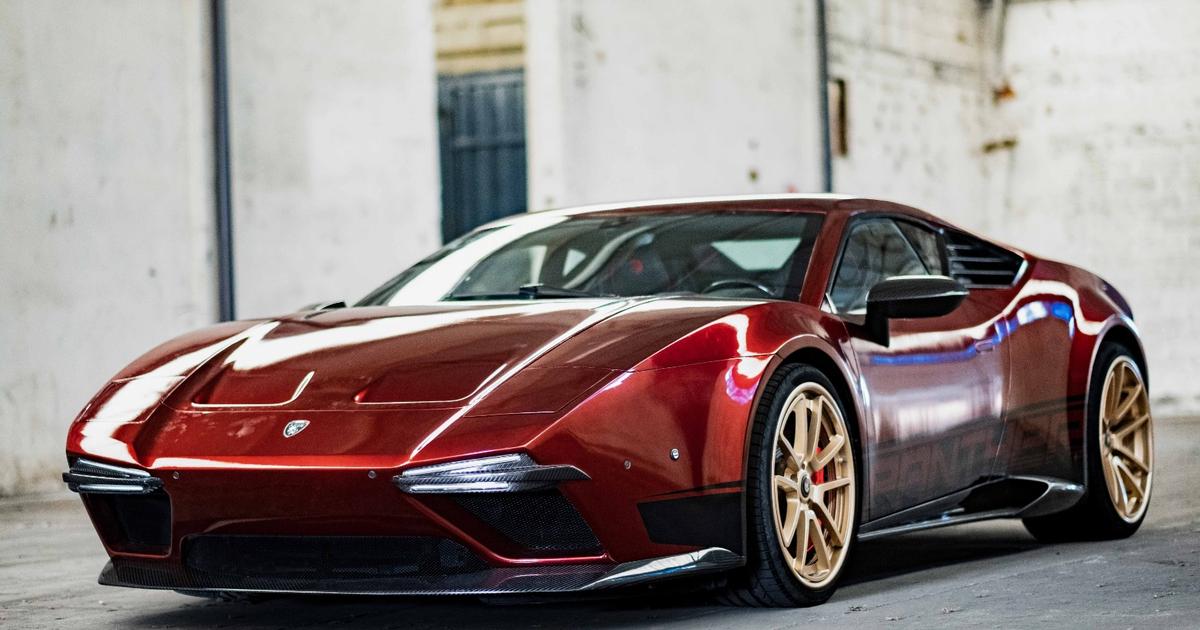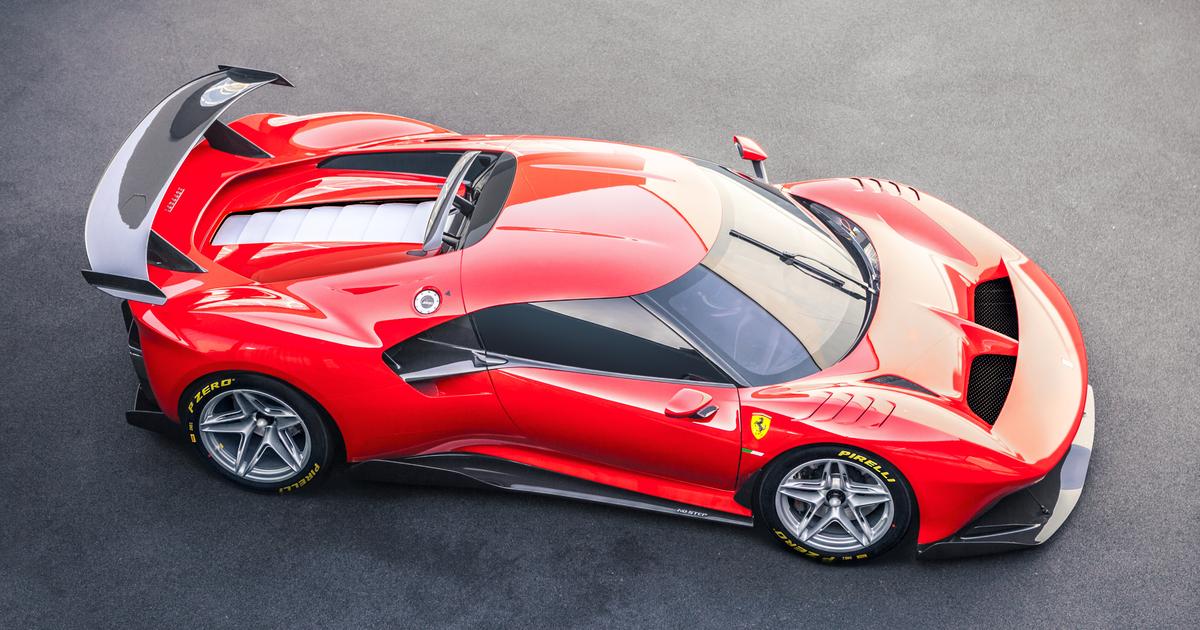The Reasons For AWD And LHD
Speaking during a media preview of the concept at the Australian Formula 1 Grand Prix, project manager Michael Behr explained why the car would likely only get the steering wheel on one side:
“It’s more complicated to have two versions. If you’re doing just the right-hand version, that’s okay because you have a limited number of cars [for a smaller number of markets] … [but] if there are two versions, it’s much more complicated. So, I think it’ll be one version, and I think it’s a left-hander.”
Although an all-electric architecture seems to suggest a reduction in complexity, it’s worth remembering that this is a hypercar, and there can be no wasted space. Woking noted similar requirements when discussing the design direction of future McLaren supercars. Behr added that the wheelbase may change slightly but that the essential shape would carry over from the concept, as would many other elements.
Kai Leibrandt, Surface Design Team Leader at Porsche, said that the concept does not show off anything that is unlikely to reach production: “Everything we do in our concept cars is for something that we would aim to be producible and usable and [meet] legislature.” He added that even those fancy doors have a purpose, integrating glass to both save weight and maximize interior room.
“If we have a conventional roof, even with a small glass panel above the head, then we need some kind of metal bar going just on the outside and that would actually limit your head [room]. And one of the goals we have for this car is to be drivable with a helmet. If you’ve ever driven a 918 with a helmet, it’s very tight in there.”
Leibrandt added that the aero is “very similar” to what you’d see on the 919 Hybrid LMP1 racer or even today’s 963 Le Mans Hypercar contender: “There’s no cooling at all going in front of the car and it’s all in the back of the car.” This allows the front end to be shaped for pure aerodynamic benefit, with no concessions made for any hardware unrelated to the front axle. Speaking of…
According to Behr, the Mission X concept drives the rear wheels exclusively, but a production version may need to power both axles. Considering the immense power expected (potentially in the region of 1,500 horsepower), it would be reasonable to assume that an AWD system would be the most advantageous for traction. However, Behr suggested that AWD would be necessary for range recuperation.
“This car is two-wheel-driven and we did a lot of simulation beginning in 2016 for the future sports car […]. And there is not really a difference between two- and four-wheel-driven, just one: It’s an electric car and you need a four-wheel-driven car to recuperate a lot of energy to have a bigger range on the Nordschleife, not just for one lap; maybe for three laps.”
That’s all good and well, but when will the car arrive? As Porsche has said before, a decision is yet to be made, but Behr says the decision is expected to be “a commercial one, not a technical one.” This suggests that Zuffenhausen expects to be able to meet all its performance targets – it just doesn’t know if there’s enough of a market for an all-electric Porsche hypercar just yet.
Source: WhichCar?
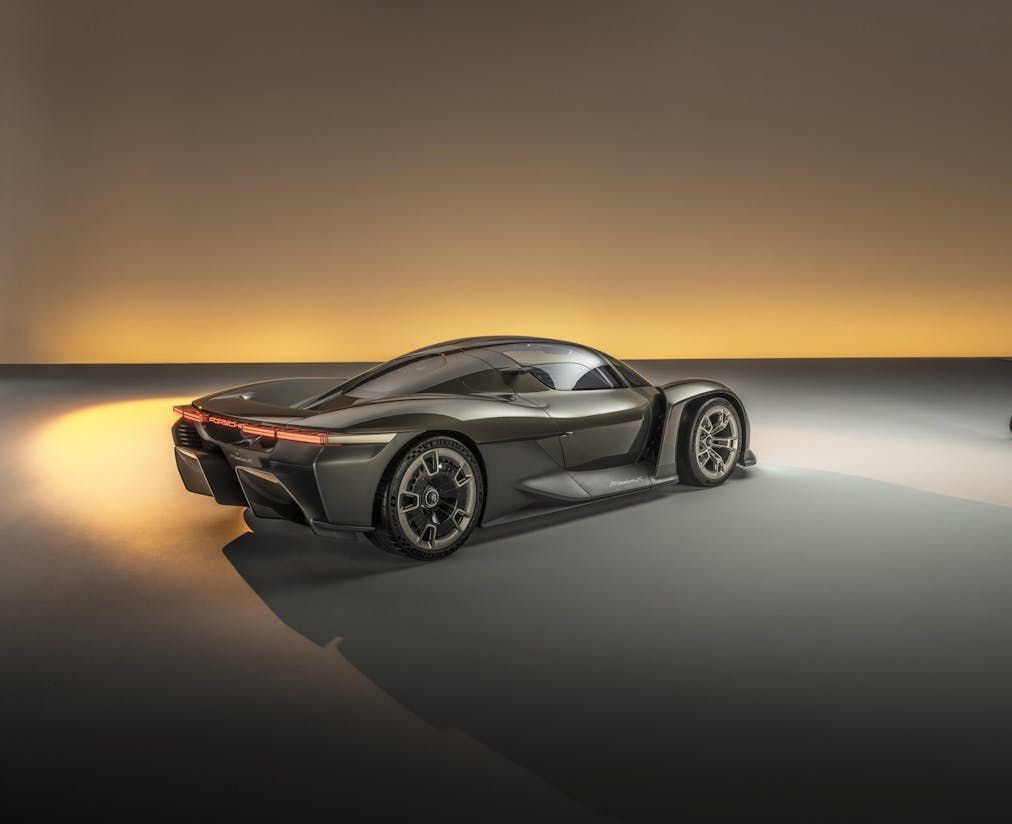
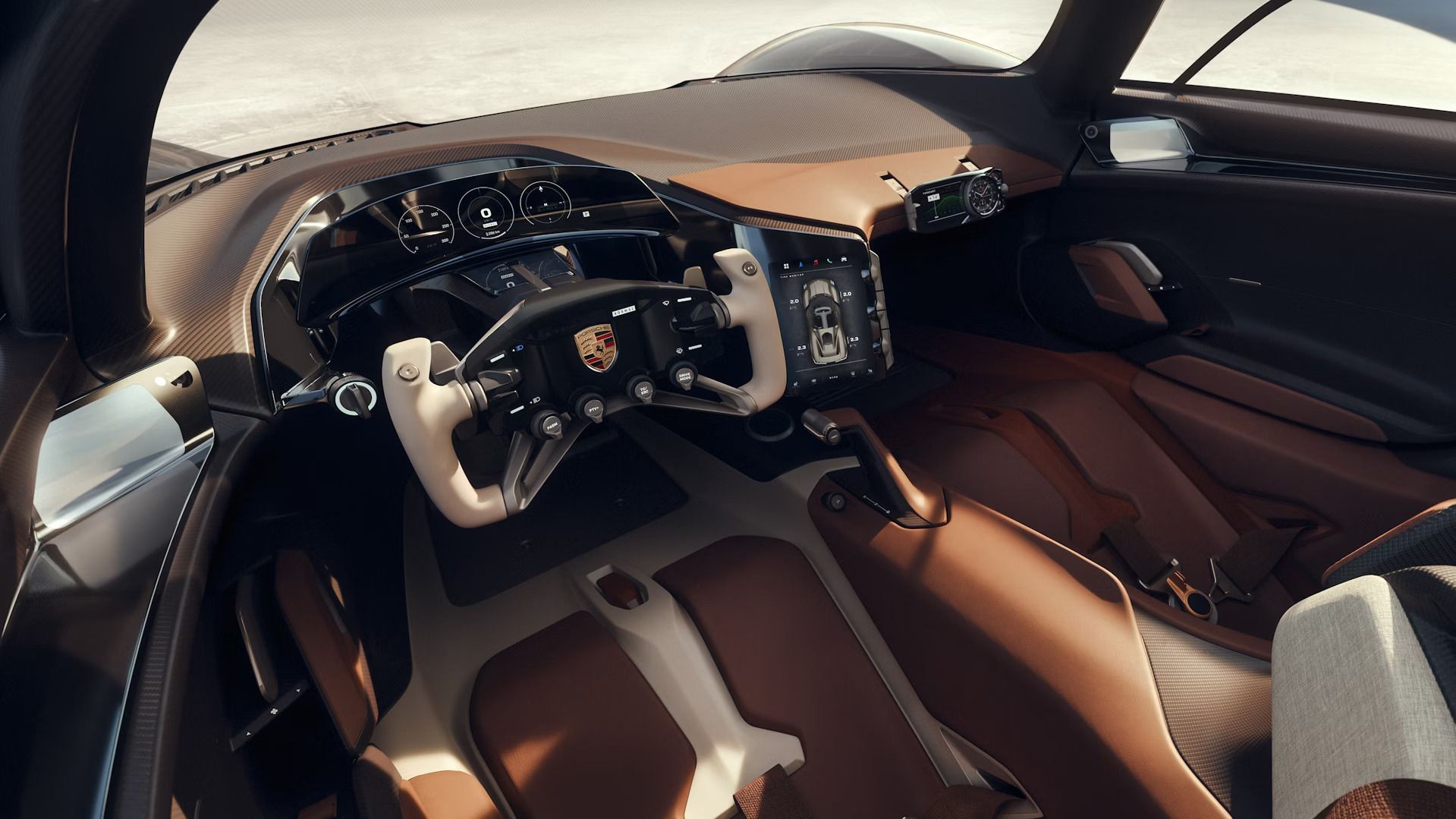
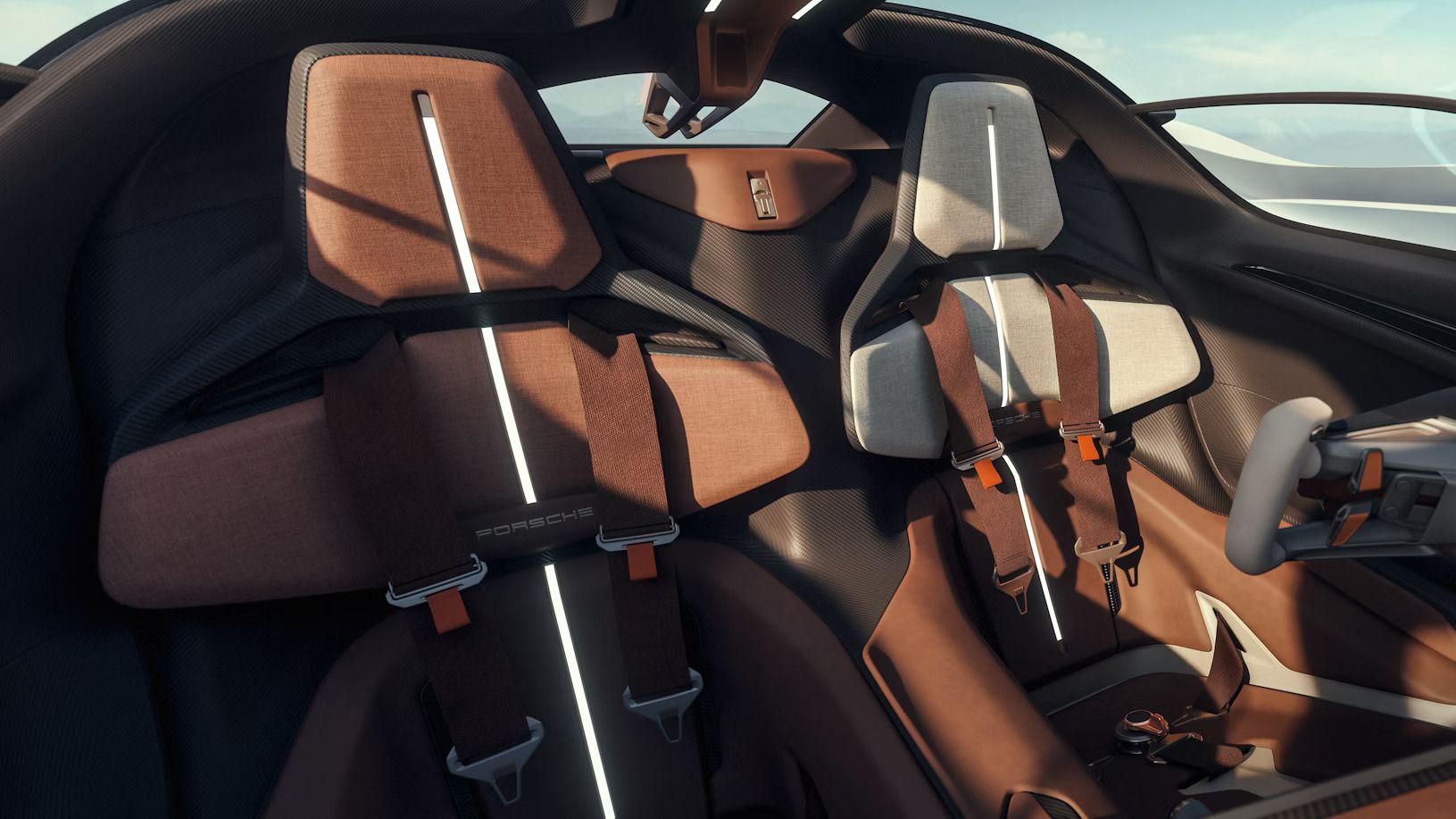
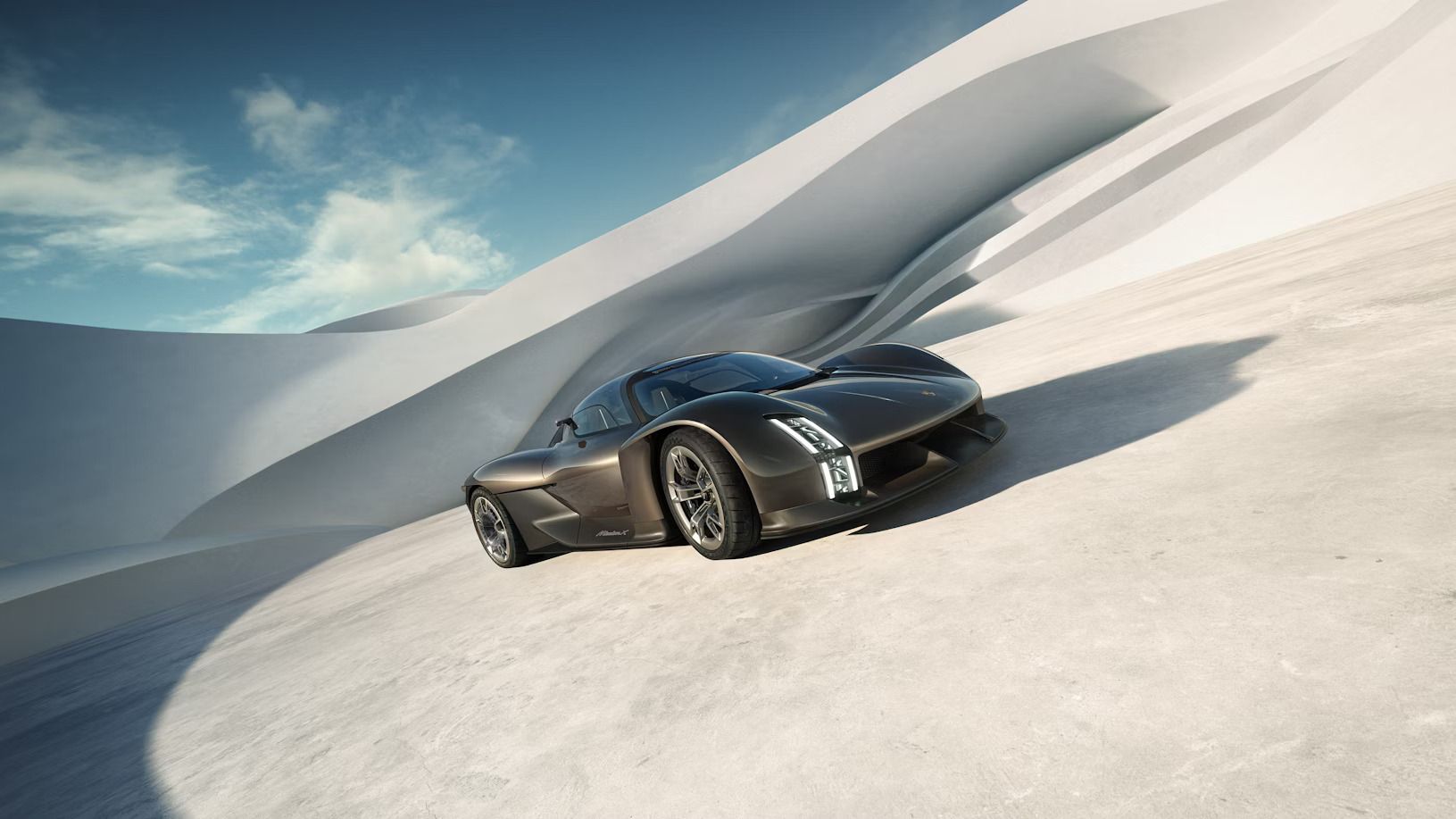 Porsche
Porsche